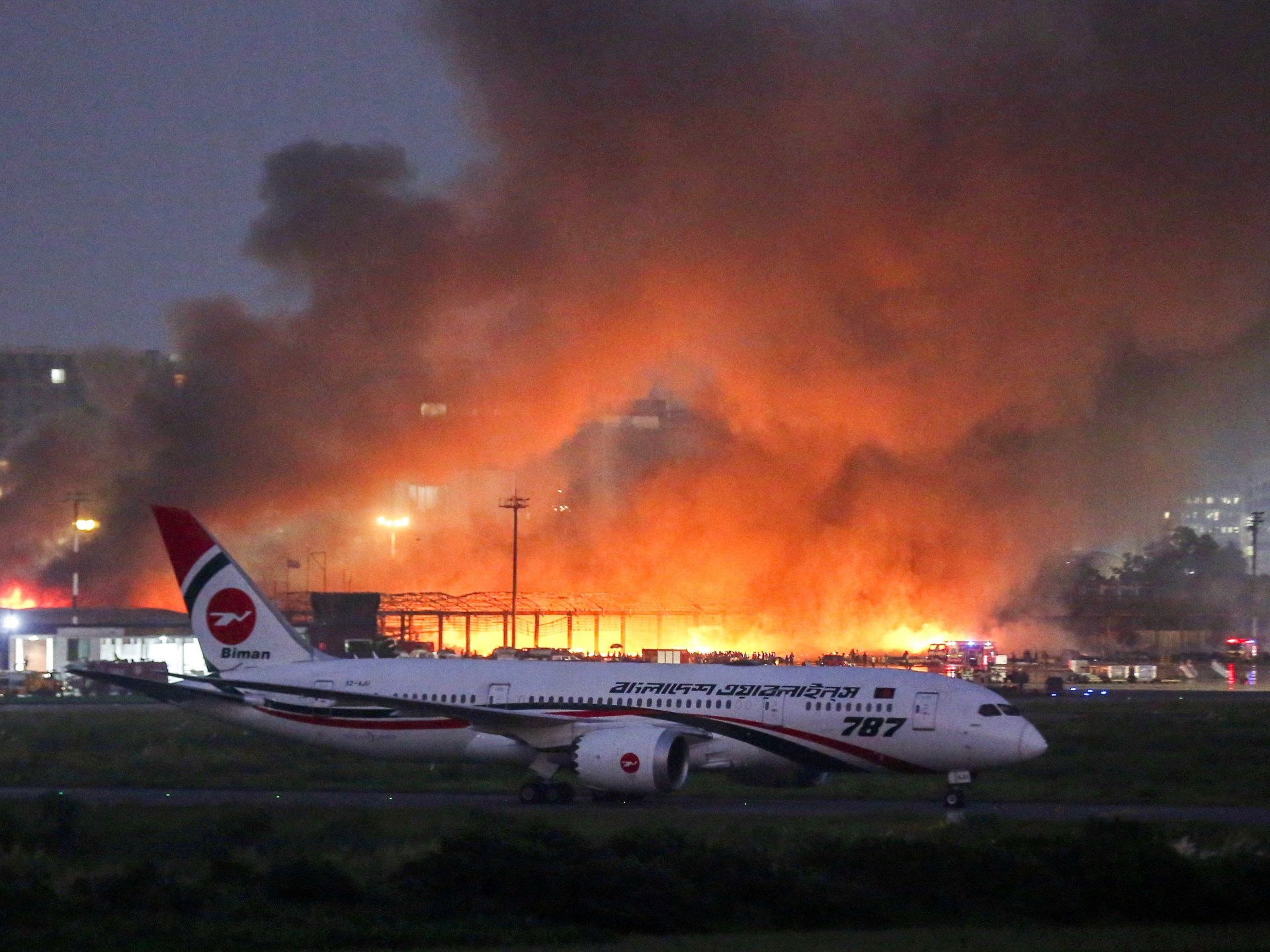On Wednesday, New South Wales (NSW) Health urged locals to actively monitor for measles symptoms after an infectious person returned from Western Australia (WA) on Friday. The US health organization reveals the best safety tips to prevent measles.

Measles is highly contagious, so it can easily cross borders and cause an outbreak. Health authorities have recently issued a warning following confirmation that one passenger flew to New South Wales (NSW) from the site of an active outbreak in Western Australia (WA).
On Wednesday, NSW Health urged locals in Sydney to actively monitor for measles symptoms after an infectious person returned from WA on Friday. Authorities have also warned travellers to monitor for symptoms of measles, especially individuals who arrived at Sydney’s Kingsford Smith Airport (T2) between 6.30am and 7.30am on Friday, September 12. The warning is also extended to people who have arrived at Tweed Valley Hospital Emergency Department from 9:30am to 11am on Saturday.
Measles Symptoms May Appear After 18 Days
Dr Valerie Delpech, North Coast Public Health Director, told the media that symptoms of measles could take several days to present after getting infected by the highly contagious virus. She said, “It can take up to 18 days for symptoms to appear after an exposure, so it’s important for people who visited these locations to look out for symptoms up until Wednesday, 3 October 2025. Symptoms to watch out for include fever, sore eyes, runny nose and a cough, usually followed three or four days later by a red, blotchy rash that spreads from the head and face to the rest of the body.”
The North Coast Public Health Director also added, “It’s important for people to stay vigilant if they’ve been exposed, and if they develop symptoms, to please call ahead to their GP or emergency department to ensure they do not spend time in the waiting room with other patients.”
What Is Measles?
Measles is an airborne disease that can spread like wildfire through respiratory droplets and remain viable in the air or on surfaces for several days. Some people may assume that measles is simply a common rash and fever which will automatically clear up on its own. But what we may not realise is that if measles is left untreated, it can be life-threatening.
Symptoms that may appear in the initial stage of contracting the virus may include high fever, which may spike to more than 104 F, cough, runny nose, red and watery eyes, and the classic sign of the highly contagious virus, i.e. rash.
The Centres for Disease Control and Prevention (CDC) states that this highly contagious virus can cause severe health complications like ear infections, diarrhoea, pneumonia and encephalitis, especially in children who are below the age of 5 years.
Children under the age of 5, adults above the age of 20, pregnant women and individuals with a weak immune system are at high risk of developing measles just by being in the room where a person with measles has been.
Measles Safety Tips Amid Outbreak In Sydney
The best way to protect yourself and loved ones from the outbreak of the highly contagious virus is only through the Measles, Mumps, and Rubella (MMR) vaccine. The CDC claims that MMR is safe and effective. It states, “Two doses of MMR vaccine are about 97% effective at preventing measles; one dose is about 93% effective.”
Follow TheHealthSite.com for all the latest health news and developments from around the world.
FAQs
What Are The Complications Of Measles?
What Is The Vaccine For Measles?
How Common Is SSPE?
What Is SSPE In Measles?
Subscribe to Our Newsletter Today!











Leave a Reply